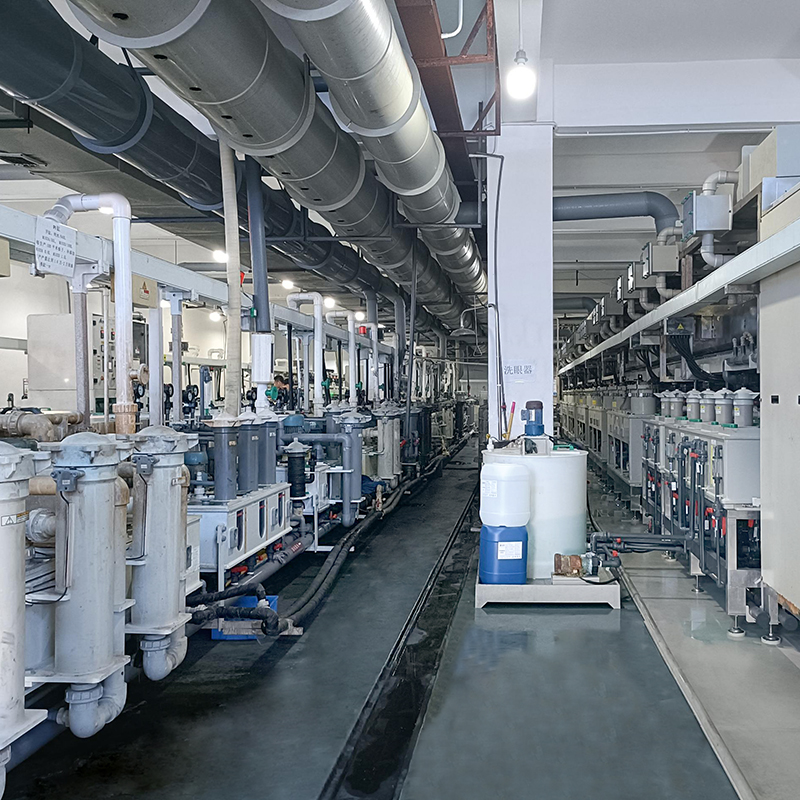Introduce:
When manufacturing printed circuit boards (PCBs), using the right materials and techniques is critical to ensuring optimal performance and reliability. An important aspect of PCB production is the application of solder mask ink, which helps protect copper traces and prevent solder bridges during assembly. However, to obtain perfect PCB board printing results, certain precautions must be followed. In this blog post, we will discuss the necessary precautions that must be considered when handling solder mask inks, outlining key factors to maintain high quality and functionality.
1. Select the appropriate solder mask ink:
Choosing the right solder mask ink is critical to achieving a reliable and consistent finish. Ideally, the selected ink should provide excellent adhesion to the PCB surface, have high heat resistance, and have good electrical insulation properties. Factors such as the circuit board substrate, manufacturing process requirements, and desired PCB characteristics should be considered when making this critical decision.
2. Proper storage and handling:
Once solder mask ink is obtained, proper storage and handling are critical to maintaining its performance. It is recommended to store ink in a cool, dry place away from direct sunlight and extreme temperature changes. Make sure the container is sealed when not in use to avoid drying out or contamination of the ink. Appropriate handling measures, such as wearing gloves and taking precautions to prevent spills and skin contact, should be used to ensure personal safety and maintain the integrity of the ink.
3. Surface treatment:
Achieving perfect solder mask ink application requires thorough surface preparation. Before applying ink, the PCB surface must be cleaned to remove any contaminants such as dust, grease, or fingerprints. Proper cleaning techniques, such as using specialized PCB cleaners and lint-free cloths, must be used to ensure a clean surface. Any residual particles or impurities left on the board will negatively affect the adhesion and overall performance of the ink.
4. Consideration of environmental factors:
Environmental conditions play an important role in ensuring optimal solder mask ink application. Factors such as temperature and humidity should be closely monitored and controlled within the specified ranges specified by the ink manufacturer. Extreme or fluctuating environmental conditions can affect ink viscosity, drying time and adhesion properties, resulting in poor print results. Regular calibration of environmental control equipment is recommended to maintain required conditions throughout the PCB production process.
5. Application technology:
Proper application of solder mask ink is critical to achieving the desired results. Consider using automated equipment such as screen printing machines or inkjet methods to ensure precise and consistent coverage. Be careful to apply just the right amount of ink to ensure complete coverage, but not too much thickness. Proper control of ink flow, screen tension, and squeegee pressure (in the case of screen printing) will help achieve accurate registration and prevent defects such as pinholes, bleed, or bridging.
6. Curing and drying:
The final step in the solder mask ink application process is curing and drying. Follow the manufacturer’s guidelines for the proper temperature and duration required for the ink to cure effectively. Avoid rapid heating or cooling as this may cause stress or delamination of the cured ink layer. Ensure adequate drying time before proceeding with subsequent manufacturing processes such as component placement or soldering. Maintaining consistency in curing and drying parameters is critical to obtaining a uniform and durable solder mask.
In conclusion:
When dealing with solder mask inks, taking the necessary precautions during the PCB board printing process is critical to ensuring high-quality, reliable and long-lasting results. By carefully selecting the correct solder mask ink, practicing proper storage and handling, adequately preparing the surface, controlling environmental factors, using accurate application techniques, and following recommended curing and drying procedures, manufacturers can produce flawless PCBs while maintaining the production process consistency. Adherence to these precautions can significantly enhance the capabilities of the PCB manufacturing industry, reduce defects, and increase customer satisfaction.
Post time: Oct-23-2023
Back







